6. The Apple (1980)
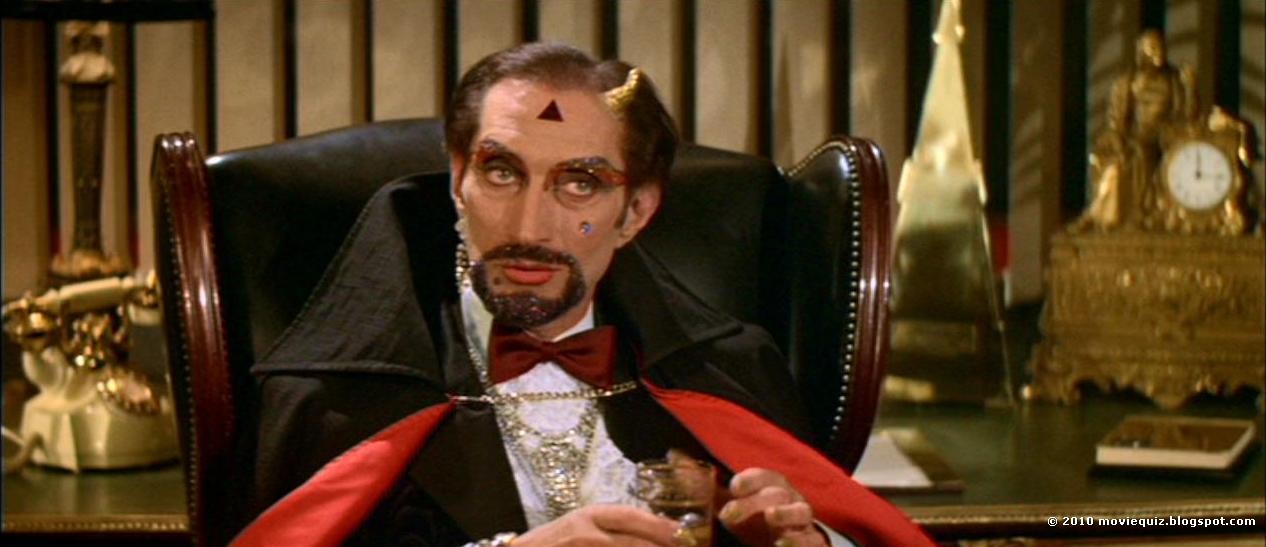
Arguably one of the more obscure items on this list, but also one of the most fun, The Apple is a bizarre, cheep attempt to ride the wave of disco movie musicals such as Saturday Night Fever and Grease, but with a biblical message. Ironically, however, the film is far closer to the underground cult phenomena of The Rocky Horror Picture Show, with its glam rock trappings and themes of sex and sin, than to any biblical allegory.
Taking place in a strange future where all music is controlled by a massive enterprise called BIM, and following the classic story of kids who sell their souls to be rich and famous, The Apple seems to be striving for a moral message about avoiding material things and staying true to God. But the bland, boring folk songs supposed to represent purity and chastity pale in comparison to the manic, androgynous evil BIM corporation who’s wicked songs about sex and perversion are irresistible.
The film seems unable to buy into its own biblical message, leaving the audience to laugh at the unintentionally hammy dialogue about morality, and be fascinated by the insanity of the satanic glam rockers. Though it wants to condemn the evil BIM organization, it can’t help but be fascinated by their own creation, giving all the best costumes and songs to them.
A hidden gem waiting to be discovered by a new generation of Midnight Movie goers, the film is surprisingly energetic, with a few campy, catchy songs. The confusing biblical imagery only adds to the odd deviance of watching the film, and the costumes are just waiting to be immolated at late night showings across the country.
7. Mommy Dearest (1981)
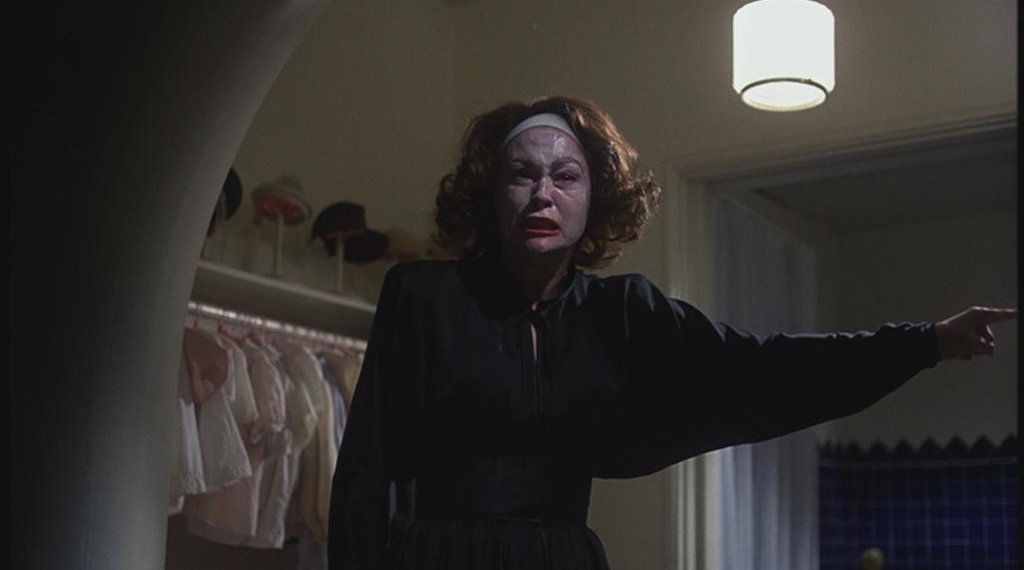
Somewhere buried beneath the lairs of eye shadow, over the top performances, and desperate dialogue, Mommy Dearest is a fascinating movie, and in many ways, a powerful movie. A troubling look at child abuse in the bourgeoisie filtered though a lens of camp outlandishness, Mommy Dearest tells the true story of film superstar Joan Crawford and her troubling relationship with her adopted daughter, Christina Crawford.
Almost instantly after the films release, the film’s reputation shifted from striking drama to baffling camp theatrics, with the over the top depictions of abuse inducing laughter rather then tears. Faye Dunaway’s shocking performance depicts American sweetheart Joan Crawford as a make-up smeared monster, screaming about wire hanger and whipping her children.
The allegations of abuse were never confirmed, but Dunaway’s performance has immortalized Crawford’s likeness into a camp icon. However, hidden inside the campy, spastic film there is a real American tragedy: a young girl, being abused by someone America loves. Despite the (unintentional) comedy, there is an unsettling feeling of fear and sadness in the film that can not be shaken, even after the movie ends – , or while you are laughing at it.
8. The Human Centipede (2009)
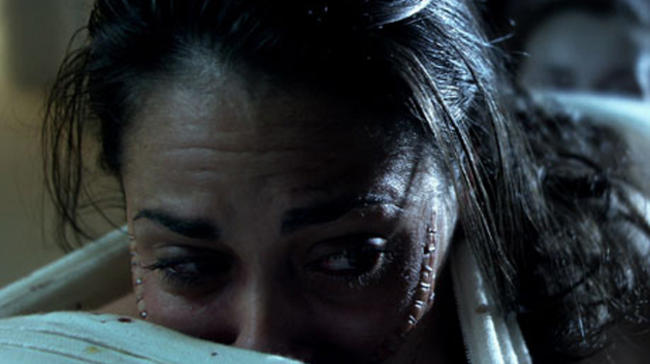
Though met with almost instant controversy, Tom Six’s torture masterpiece did not receive universally terrible reviews like other items on this list; rather a baffled outcry, with some critics giving it a fair amount of props. However, as the years have past with Six’s own (even more polarizing) sequels, it somehow became widely accepted in mainstream culture that Six’s work was a total artistic failure, which is far from the truth.
The most common complaint of the film is that the shock value outweighs any sort of artistic merit, and to be fair, most of the acting in the film ranges from campily upsetting to laughably awful, but there is still some excellent choices in production, lighting and pot. Also, the moments of the film that are often cited as disasters as far as acting often feel written in to the script, making the film at times feel like a disjointed black comedy.
The real downfall of the film is in it’s almost instant urban legend status, which hypes the film to be something its not: a brutally violent splatter film. Rather then having the cruel experiment (which I’m sure you’re familiar with) be the center point, Six decided to focus on the grueling psychological state of Doctor Heiter and his victims, punctuated with grotesque cruelty and gross out moments.
What the film then becomes is a cathartic expose on European fascism and the nature of power and abuse, with moments of pure brilliance. One of the few films in recent memory to become a true cult phenomena, Tom Six’s chilling debut is a classic example of writing off something disturbing as awful, which is not the whole truth. At times the film is a failed experiment, at others it is brutally effective, commanding the audiences attention and imagination.
9. The Room (2003)
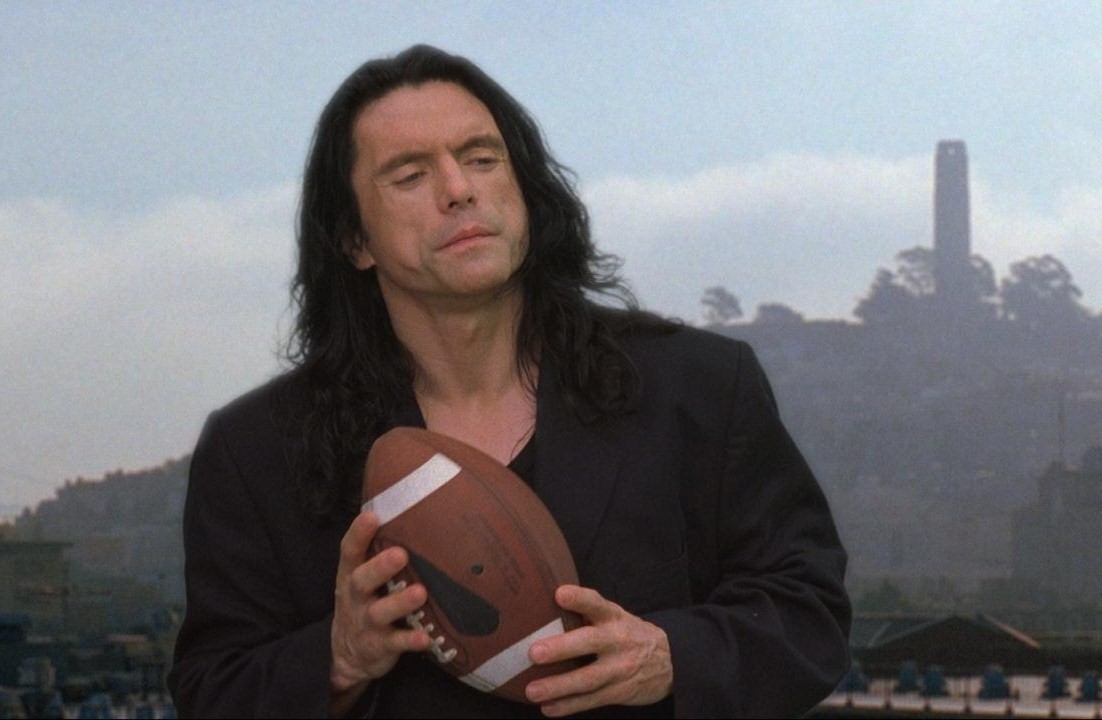
With Each Passing year, the allure and cult appeal of the Room seems to grow. In sharp contrast to the other films on this list, which are mainly genre films, Tommy Wiseau’s film is a drama, a chilling love triangle that attempted to capture the same passion and pain as Tennessee Williams plays.
As famous as the film itself is the story of its creation: in the early 2000s, Tommy Wiseau enlists his young friend Greg Sestero and a group of unknowing aspiring actors and filmmakers to make his dream project, with a seemingly endless flow of money, passion and cluelessness about film making.
Tommy Wiseau, who in addition to starring in the film also wrote, directed, produced, executive produced, and funded the whole picture, was as mysterious mysterious as the film itself, with no real information known about his age, past life, origin of his money, or really anything else about him being known at all.
Soon after the films release, a young group of young film students and critics became fascinated by the odd film: its strange line delivery, baffling script, gaping plot holes, terrible production design, and most importantly: the stiffening presence of Tommy Wiseau. Over a few years, the film slowly grew to be a fully fledged cult phenomena across the world, with Tommy becoming a folk hero and the room becoming something of a legend. Though many have cited it as the worst film of all time, there is plenty to study in the complicated text.
The Room is, ultimately, a true work of outsider art. A purely passionate, powerful statement of alienation that is as heartbreaking as it is (inadvertently) hilarious. It is more than possible that the films succeeded at its goals, and we are all playing along, thinking we are in on the joke when we are not.
Few films have ever shown such a true vision of the director, or so captivated an audience. In fact, The Room is only a failure when taken on purely classical grounds. Removed from these values, the Room is a modern masterpiece, a true blue American film made from the ground up, by someone who loved art and wanted to take part. And The Room deserves credit for that, on top of the laughter guaranteed with every cringe worthy line.
10. Plan 9 From Outer Space (1959)
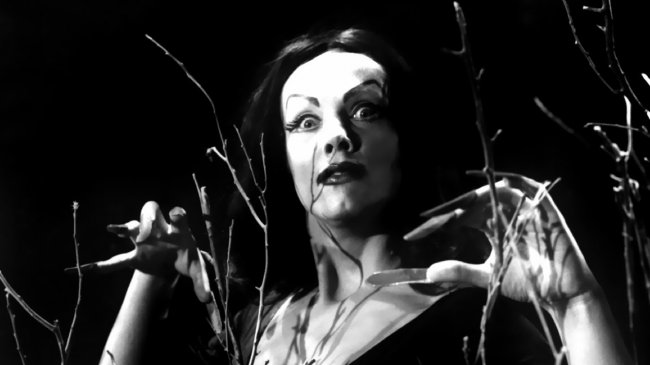
Few films have ever gotten as much ridicule and hate as Ed Wood’s legendary 1959 schlock fest Plan 9 From Outer Space. An ambitious mash up of horror, science fiction and ham-fisted human drama, the film has become a definitive cult classic, with many scenes and motifs becoming punch lines and inside jokes.
Among these are the Flying Saucer bobbing away on a barely visible string, Vampira teetering along through dramatically lit graveyards, and of course, Bela Lugosi, who tragically passed away before the production even began, but who’s remaining moments on film were spliced haphazardly into the picture to give the film it’s star. In 1980, after years of late night television obscurity, the Medved Brothers declared it to be the worst film of all time, sparking a renewed interest in the picture and Wood in general that persists to this day.
Briefly summarized, Plan 9 is about a gang of extra terrestrial invaders set on raising the dead so that they can dominate the earth. Oddly enough, there is a kernel of a good idea in the plot, as is so often the case with Wood’s films. However, the plot is not what makes Plan 9 an essential film to take seriously. It’s everything else.
Never before or since has a film so captured the energy, the joy, and the passion of making a genre film. Ed Wood loved horror, science fiction, and shocking cinema so much that he dove head first into the depths of schlock filmmaking without ever bothering to learn how to swim or check the depth.
You would be hard pressed to find Vampira’s stunning presence captured more vitally, to see a better example of the iconic flying saucer mania, or a more loving farewell to the beloved icon Lugosi than in Wood’s 80 minute epic.
The Zombies, though more hammy then frightening, are exquisitely lit with the perfect attention to horror movie aesthetics.
If we look at films not on our own terms, but on the terms of the director’s vision, Plan 9 is a rousing success. Ed Wood wanted to make a love letter to the movies he adored, and he succeeded. His desire to express his passion for film, for horror, for science fiction, for his actors, is palpable through out the whole film. and as the film ends with the alien’s explaining how humankind must stop warfare and love each other, we feel for Wood and his vision. It is only when we let our own prejudices and our own artistic expectations interfere with the art that Wood’s work falls flat. There is much to be learnt from Ed Wood’s honest love letter to American cinema.
Author Bio: Israel Lawton is a writer and theorist currently working out of salt lake city. They proudly work for the non profit Salt Lake Film Society, as well as the co founder of the avant garde art collective Cashiers of Cinema.